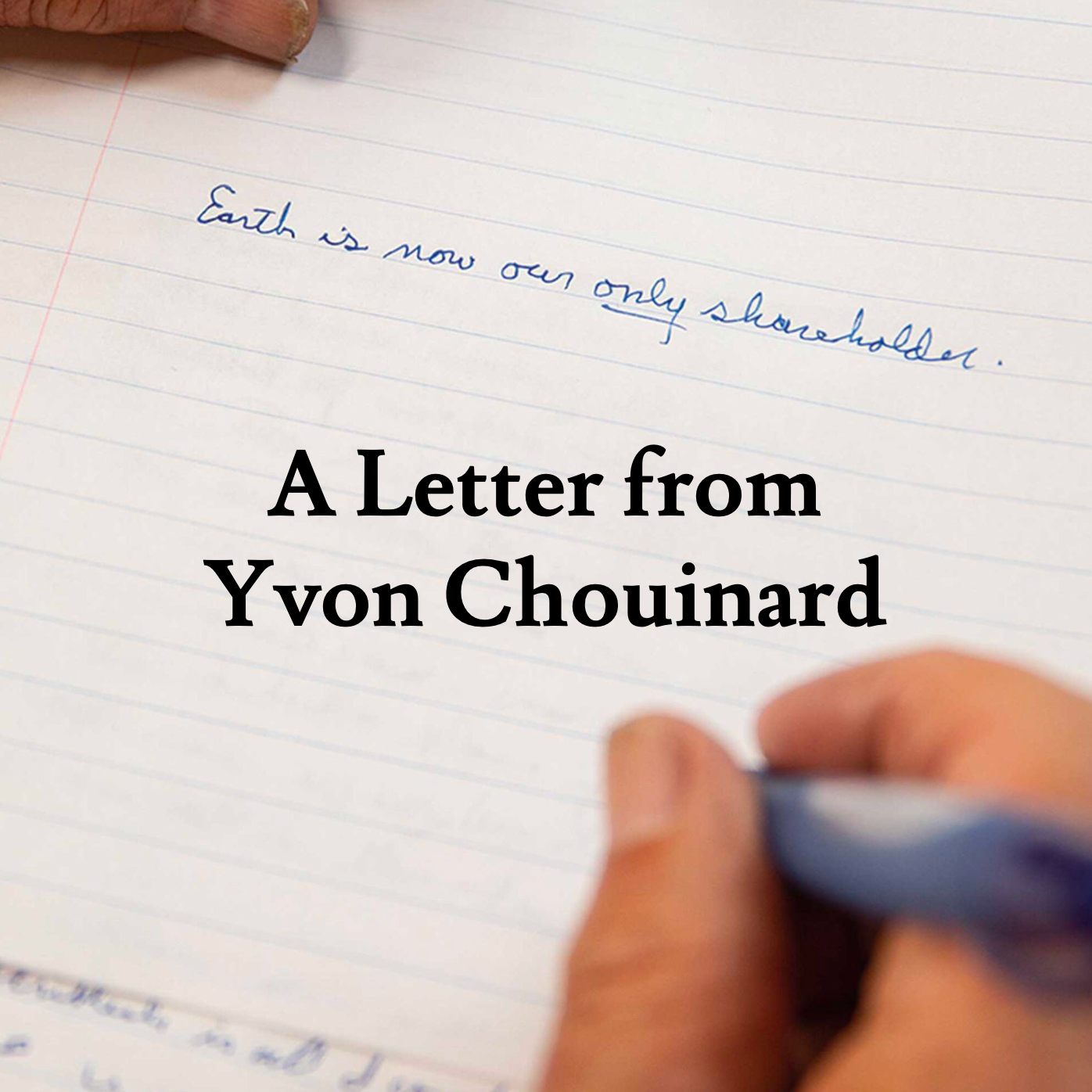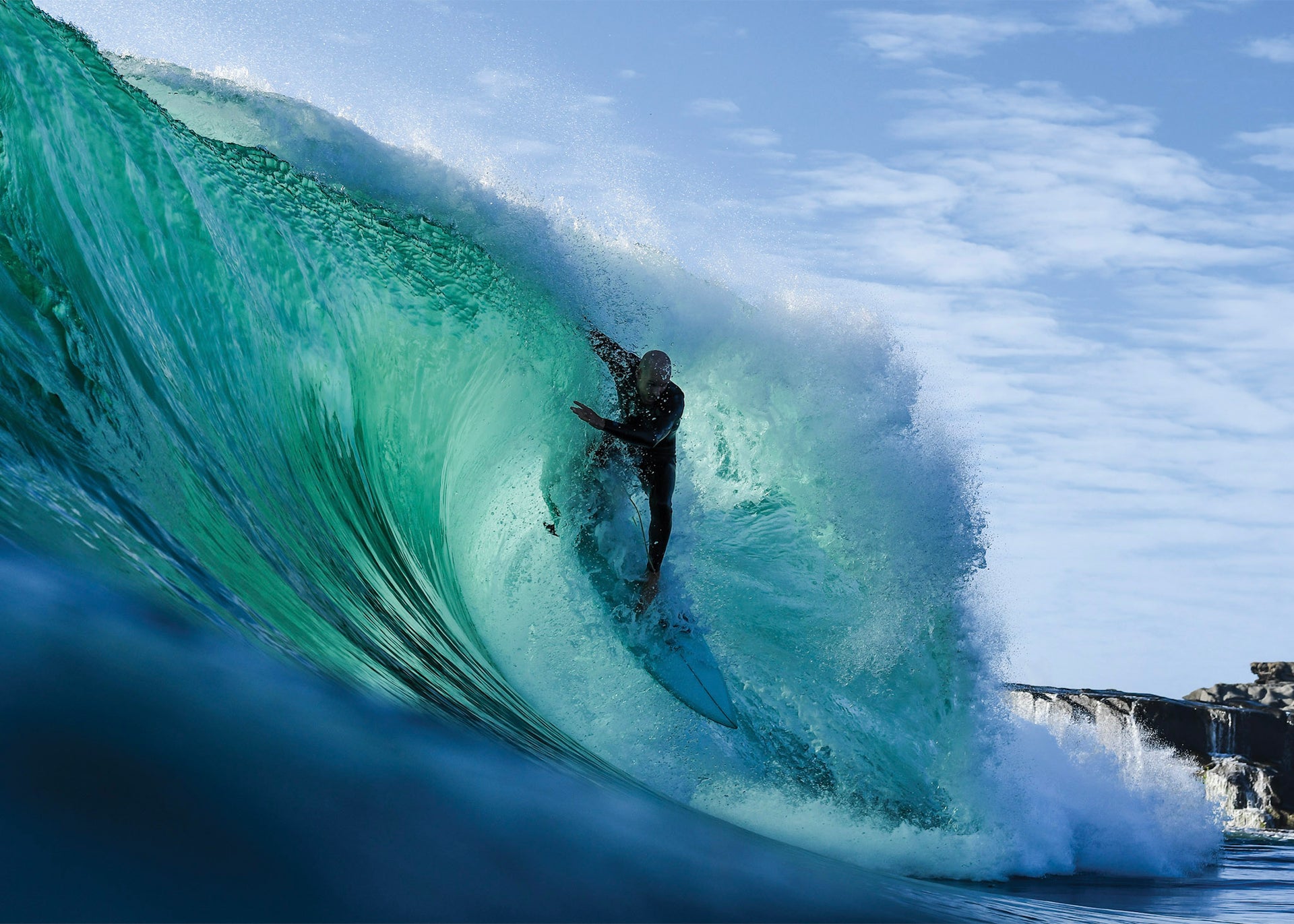Fletch famously doesn’t do hype. That’s an understatement. He recently shaped a board for Stab’s Electric Acid Surfboard Test, that Dave Rastovich surfed symphonically throughout the series. There was a huge buzz around the board and Dave’s surfing on it, although Fletch missed most of it. He only watched one episode. Like Dave, he’d much rather just do his thing quietly which is hand shaping performance surfboards that last, trying to lighten their footprint. It’s a bit harder to stay underground though when your surname is Chouinard and your father founded Patagonia, but for 25 years Fletch has ensured his FCD operation has stayed right-sized, true to its roots and enjoyable. It’s the Yin to the Yang of his role with Patagonia. If there’s waves, he wants to be able to down tools and surf. And if there aren’t waves? Well, he’s looking for other ways to go surfing.
RJ: You released the Foam Dust film last year to mark the 25th anniversary of you making boards in Ventura. The shed is still in the same spot, but it seems the operation has come a long way.
FC: It honestly doesn't feel like that long. It's kind of weird. It's just been fun. It's the fun part of my career. All the stuff next door can be a bit trying.
You can always just head out to the shed and shape a few boards when it gets too much.
A hundred per cent. It's always been a really good crew here. A fun crew, doing what we like, and time just flew by. We all got old.
The board production is a bit slicker these days than back in the '90s, but it feels like that original spirit is still out there in the shed – you're still free to chase ideas and chase surf.
I never wanted to take it too seriously and turn everything into widgets. It's about exploring, and half of it's just making craft that allow me to do something that I was fairly limited in before that board, you know? Shaping a board that unlocks something for me or whoever the board is for. It's just a fun puzzle, man.
As a shaper, I suppose there’s a sweet spot where you've been in the game long enough to possess a head full of knowledge and ideas, while your body's still in good shape so you're in the water a lot and really getting a feel for what your boards are doing.
[Laughs] I don't know about the body still being in good nick, it's feeling pretty beat up right now. But I try to stay fit, and stay after it, and push it into as many different conditions as I can. [Laughs] We kinda ruined big-wave surfing with the vest. I can't go to Mavericks anymore. It's just too crowded. But I feel like I can always find the conditions to push myself or push the boards through somebody else. And personally, I want to stay involved with as many different conditions and surf craft as I can. Whether it's crazy slab barrels that I'm scared of, or just foiling knee-high waves. I want to do it all.
























